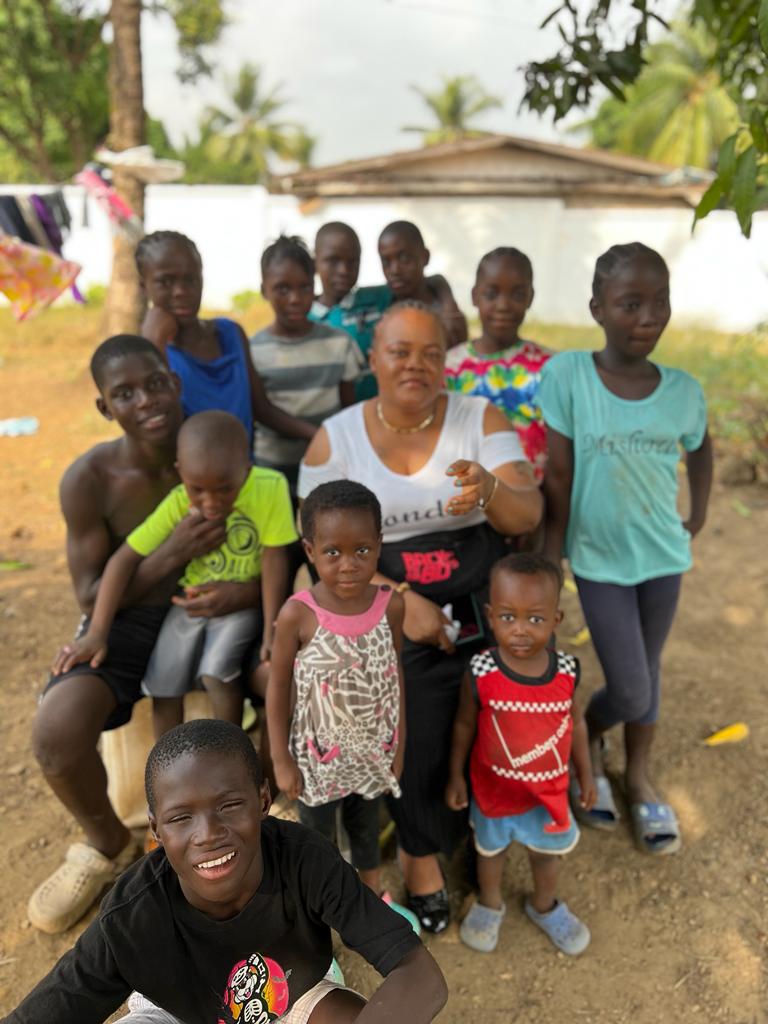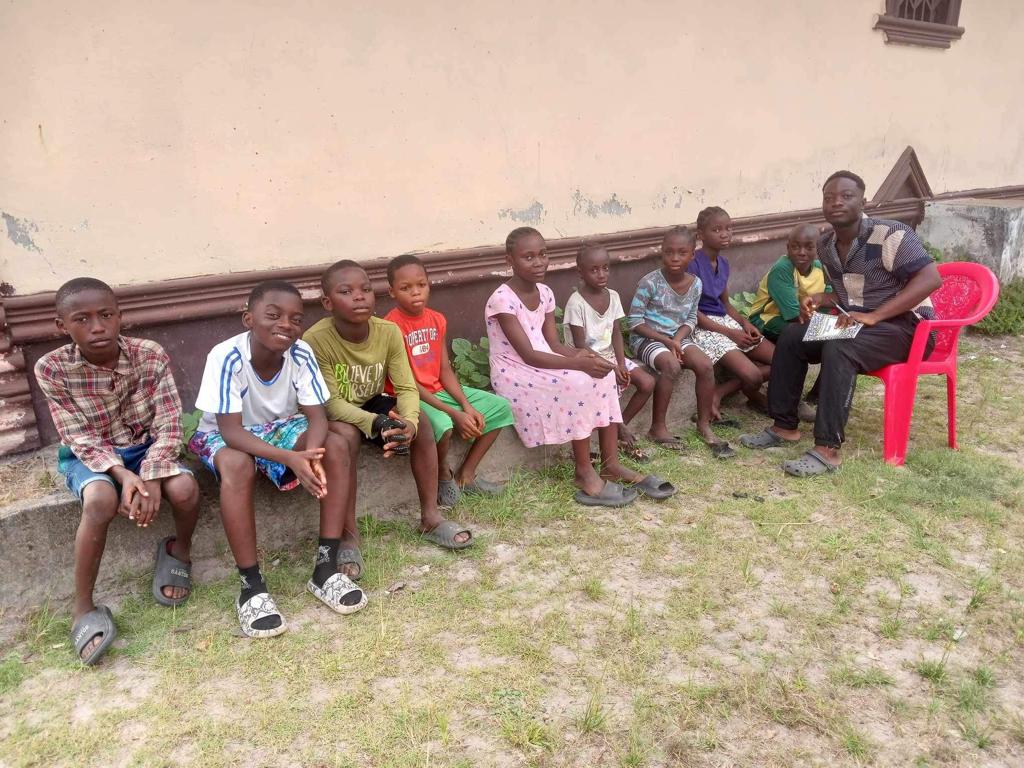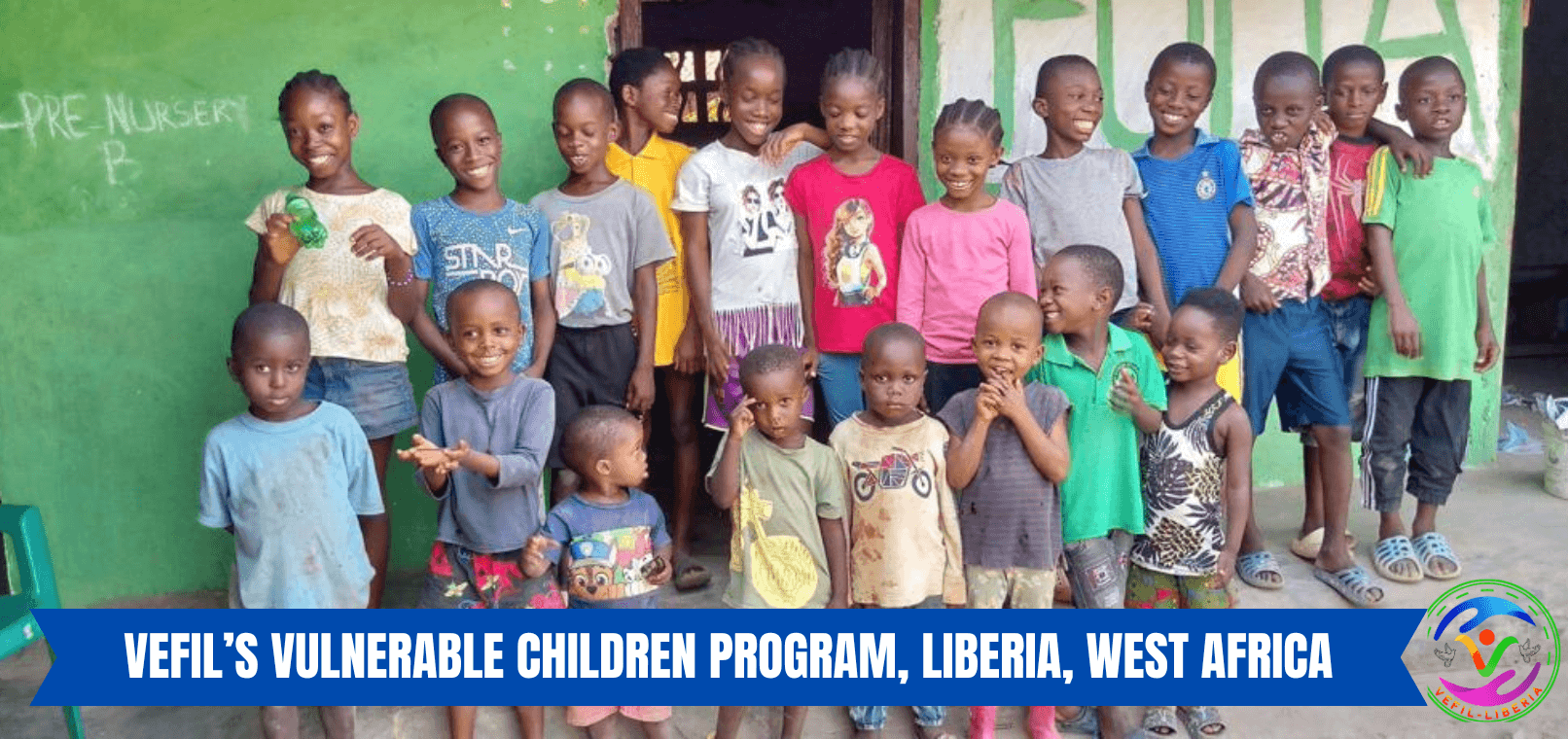Motto:” Keeping Children Safe”
Implementation Strategies
The Vulnerable Children Welfare program Liberia, implementation involves:-
- Paulo Sergio Pinheiro, the independent expert for the UN study on violence against children, acknowledged the importance of this Keeping Children Safe toolkit, stating that: ‘It offers an excellent opportunity not only for the improvement of the quality and professionalism of those working with children but most importantly, it will help to achieve a greater impact for child safeguarding.’
The International Child
Safeguarding Standards
- The International Child Safeguarding Standards
The first Child Safeguarding Standards were launched in 2002 by a coalition of relief and development charities that later became known as Keeping Children Safe.
Since then there has been a growing recognition that, as well as risks to children from staff and associates, inappropriately designed programmers, and poor operational management can also create the possibility of risks to children. Vulnerable Empowerment Foundation International Liberia Inc., VEFIL, presents a commitment by those working in this sector to ensure that their organization’s “do no harm” and that they meet the responsibilities set out in the UN Convention on the Rights of the Child to protect children from all forms of abuse, neglect, exploitation and violence.
Drawing on the knowledge and experience of experts, Vulnerable Empowerment Foundation International Liberia Inc., VEFIL, developed the Keeping Children Safe Standards, which was supported by a comprehensive toolkit for implementing the Standards. Paulo Sergio Pinheiro, then independent expert for the UN study on violence against children, acknowledged the importance of the toolkit, stating that: “It offers an excellent opportunity not only for the improvement of the quality and professionalism of those working with children, but most importantly, it will help to achieve a greater impact for children.”
Since it was first published, hundreds of organizations and thousands of professionals worldwide have used the toolkit. The increasing demand for the toolkit reflects the growing recognition by organisations, which work with, impact on, or come into contact with children, that they have a responsibility to keep them safe.

Purpose of this guide
www.keepingchildrensafe.global | 3
2 Purpose of this guide
4 Do no harm
5 What is child safeguarding?
6 Definitions of harm
7 Potential risks
10 The International Child Safeguarding Standards
11 Why standards?
12 Standard 1 Policy
13 How to meet the standard
16 Standard 2 People
17 Why should organizations meet this standard?
18 Specific manager responsibilities
20 Checklist for recruitment and selection
21 Why should organizations meet this standard?
22 Standard 3 Procedures
23 Why should organizations meet this standard?
24 Checklist of local information and resources
25 Handout: Risk identification chart
26 Implementing strategies to prevent/minimize risk
29 Self-assessment
34 Reporting procedures
38 Standard 4 Accountability
39 How to meet the Standard

Content
The International Child Safeguarding Standards
Credit: John Stocker
“Do no harm” is a principle that has been used in the humanitarian sector but can equally be applied to the development field.
It refers to organizations’ responsibility to minimize the harm they may be doing inadvertently as a result of their organizational activities.
Do no harm
www.keepingchildrensafe.global | 5
Child safeguarding is the responsibility that organizations have to make sure their staff, operations, and programs do no harm to children, that is that they do not expose children to the risk of harm and abuse, and that any concerns the organization has about children’s safety within the communities in which they work, are reported to the appropriate authorities.
Using this guide
This guide is designed to assist organizations to meet their responsibilities for safeguarding children.
It provides an overview of what your organization needs to do to meet the Standards, which have been revised since 2001. It will help to create a plan for developing and implementing child safeguarding policies and procedures or to strengthen existing policies and procedures.
A range of tools and exercises accompany this guide, which cover in more depth how to reach the Standards and implement them in your organization.
v
NOTE:–
It is important to involve key staff and management and, where appropriate, children and communities in the development and implementation of policies and procedures.
Understanding the risks
An overall approach to child safeguarding is rooted in understanding the risks to children from the organization, (its staff, and programs.

